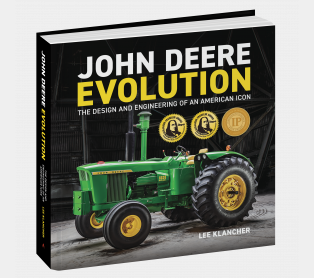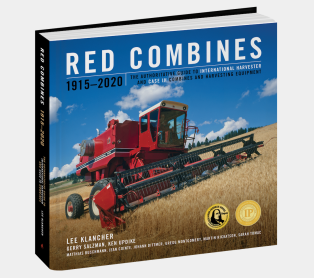The John Deere Combine With an International Harvester Heart

This article was originally published as a feature in the Ageless Iron section of Successful Farming magazine, where Lee Klancher is a regular contributor.
While putting together my book, John Deere Evolution, one of the most fascinating stories was how John Deere built an experimental combine . . . using the rotary thresher from the competition!
One of the most significant agricultural technology advances of the twentieth century was the rotary threshing combine. The concept emerged not long after the turn of the century, and a wide variety of dreamers and schemers did their best to turn this idea into a practical machine.
While the concept of rotary separation is fairly simple—spin the grain in a slotted tube and let the harvest spit out one way and the undesirable material another—practical application is a multi-variable equation of almost unfathomable scope.
In the first half of the twentieth century, at least a half-dozen well-documented attempts were made to develop a successful rotary thresher by some of the smartest minds and largest companies of the time.
All of them failed.
John Deere was one of the many who experimented with rotary combines. According to an article in Green Magazine, Deere’s dive into this technology began in 1957 with the XCC-1 experimental, based on a pull-type Model 65. A second experimental, the XCC-5 was built on a self-propelled Model 95 chassis. Deere recorded frustrating problems with plugging and high grain loss into 1960 and 1961. By 1962, the rotary threshing prototype XCC-15 had 125 horsepower, with performance reportedly comparable to the Deere Model 105 combine. Development was dropped not long after that model was built.
Note that International Harvester had a rotary combine program at that time and their engineers experienced very similar frustrations. The red team was able to build one—after decades of development—and that story is told in my book, Red Combines.
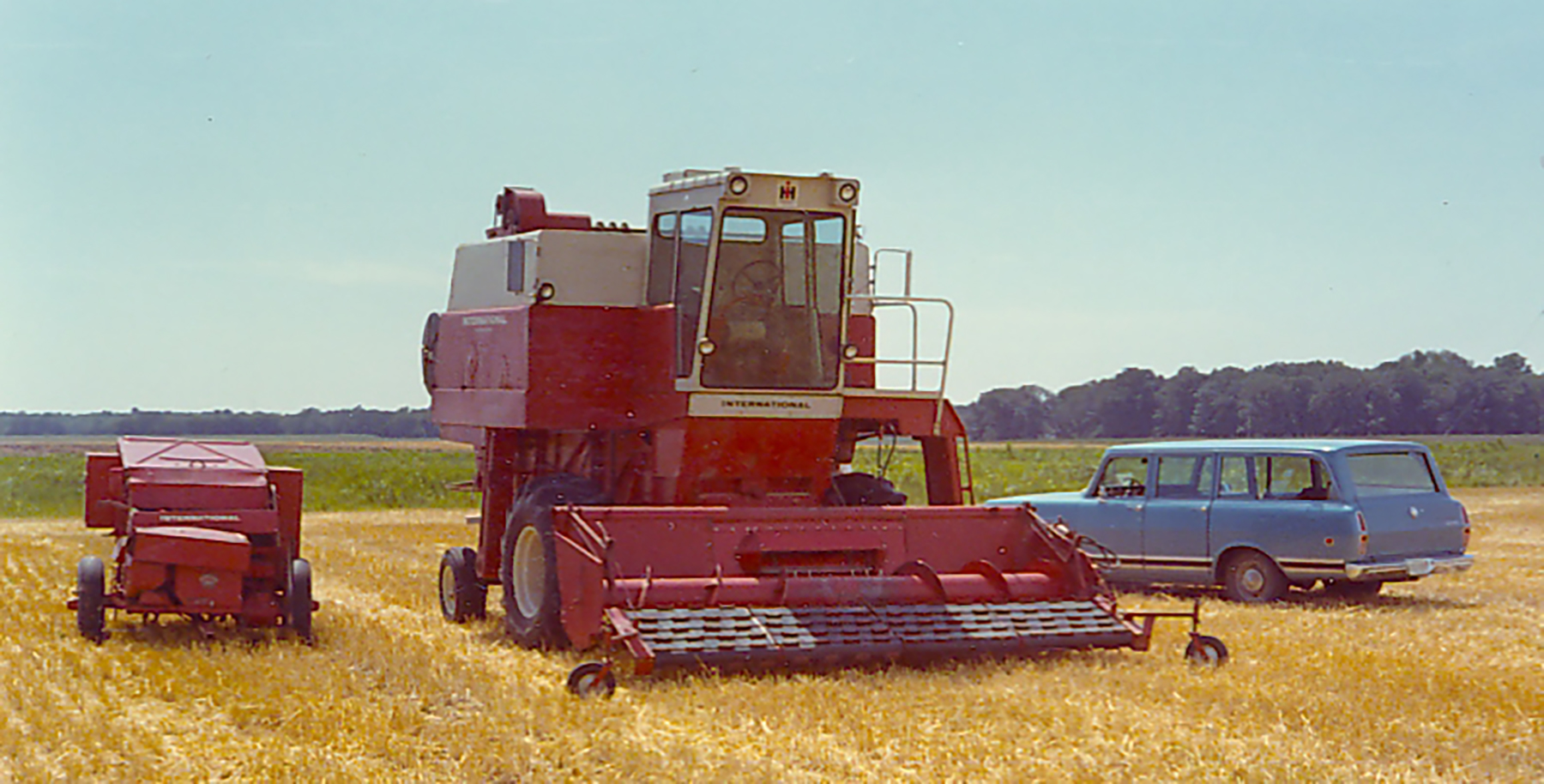
The emergence of IH’s Axial-Flow combine in 1976 prompted John Deere to task one of their top engineers, Dr. Glenn Kahle, to pick up where they left off in the 1960s and develop a competitive product. Dr. Kahle told the story of his experiences developing that combine in a taped interview on September 2, 2014.
In 1976, Kahle was the manager of the Advanced Harvesting Systems for John Deere, and was stationed in a temporary office in Moline, Illinois. Because of the proximity to the International Harvester plant, Kahle remembers closely monitoring development of their rotary combine.
“We watched the Axial-Flow being built, since IH and Deere were relatively close to each other, like a mile apart,” he said. “Whenever they shipped something out, we could see it go by on the railroad car and we'd take pictures of it.”
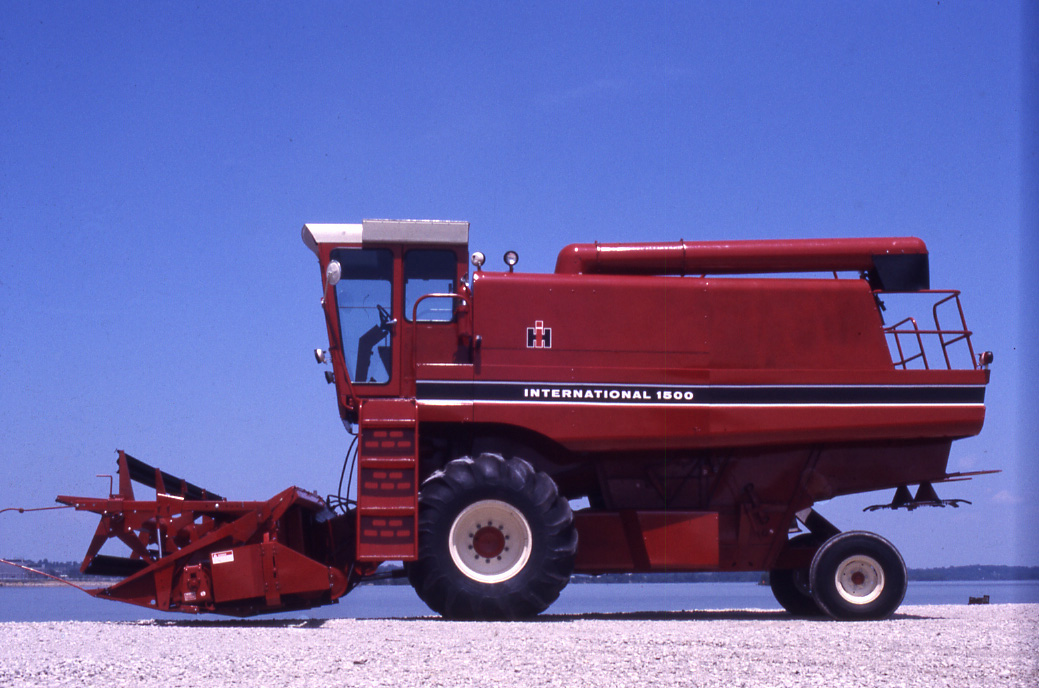
The group Dr. Kahle led, Advanced Harvesting Systems, was a sort of think tank for new technology that included John Deere management and engineers from each of the factories in North America and the United Kingdom.
When the International Axial-Flow combine emerged, the John Deere team approached a Minnesota farmer who bought one of the first IH 1460 combines sold. Deere wanted to purchase the machine for testing, and the farmer sold it to them after some negotiation. Rumor has it he was given a brand-new Deere combine along with a handsome sum of cash, but only the local dealer and the farmer know the truth of what went on. In any case, Deere took the freshly minted 1460 to their experimental farm for testing.
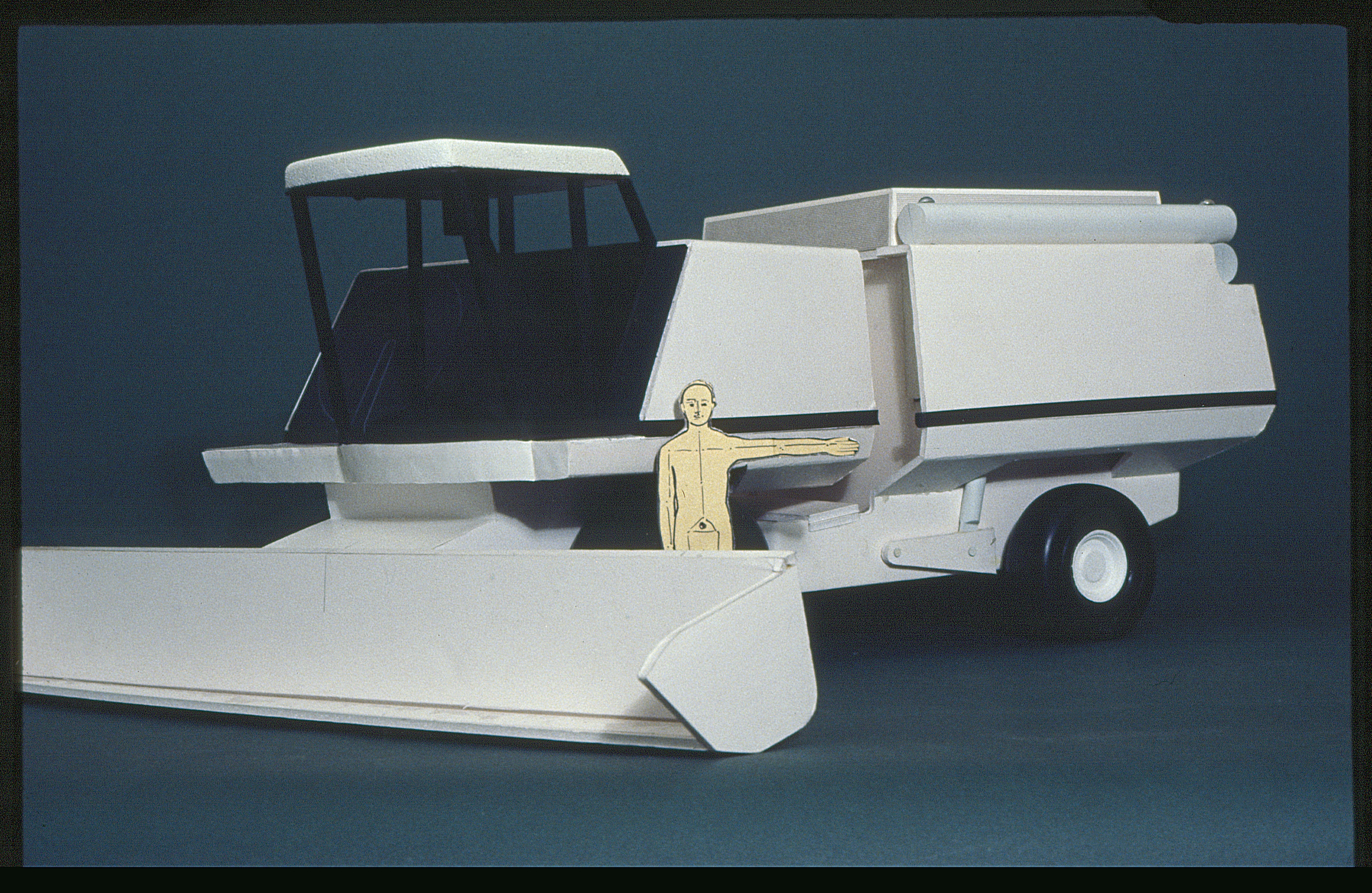
Dr. Kahle and his team took the model apart and began work on engineering the next evolution. They developed some fascinating variations on the design. But, as Dr. Kahle recalls, they built their prototype right on top of the IH machine.
“The 1460-like machine actually used a physical 1460,” Dr. Kahle said. “We'd bought one, tore it all apart, put the connections on it, took the grain tank off, and put sheet metal on it and so forth.”
The combine was cobbled together, with the IH 1460 rotor bolted, welded, and screwed to a variety of John Deere off-the-shelf bits and hand-fabricated hardware. Kahle said the Deere engineering team improved on the design considerably and took it another step beyond with a radical development.
The green-and-red hybrid machine was articulated. The grain tank was removed and put into a cart behind the machine. The modifications resulted in equal weight spread on each set of wheels.
“When [the grain] dumped into the tank, it went into this tube that went back to the grain cart, so you had a grain cart that was low, center to the ground, and would carry twice as much as the tank on the combine. We had four-wheel-drive hydrostatic [to] all wheels,” Kahle said. “It was a hell of a machine.”
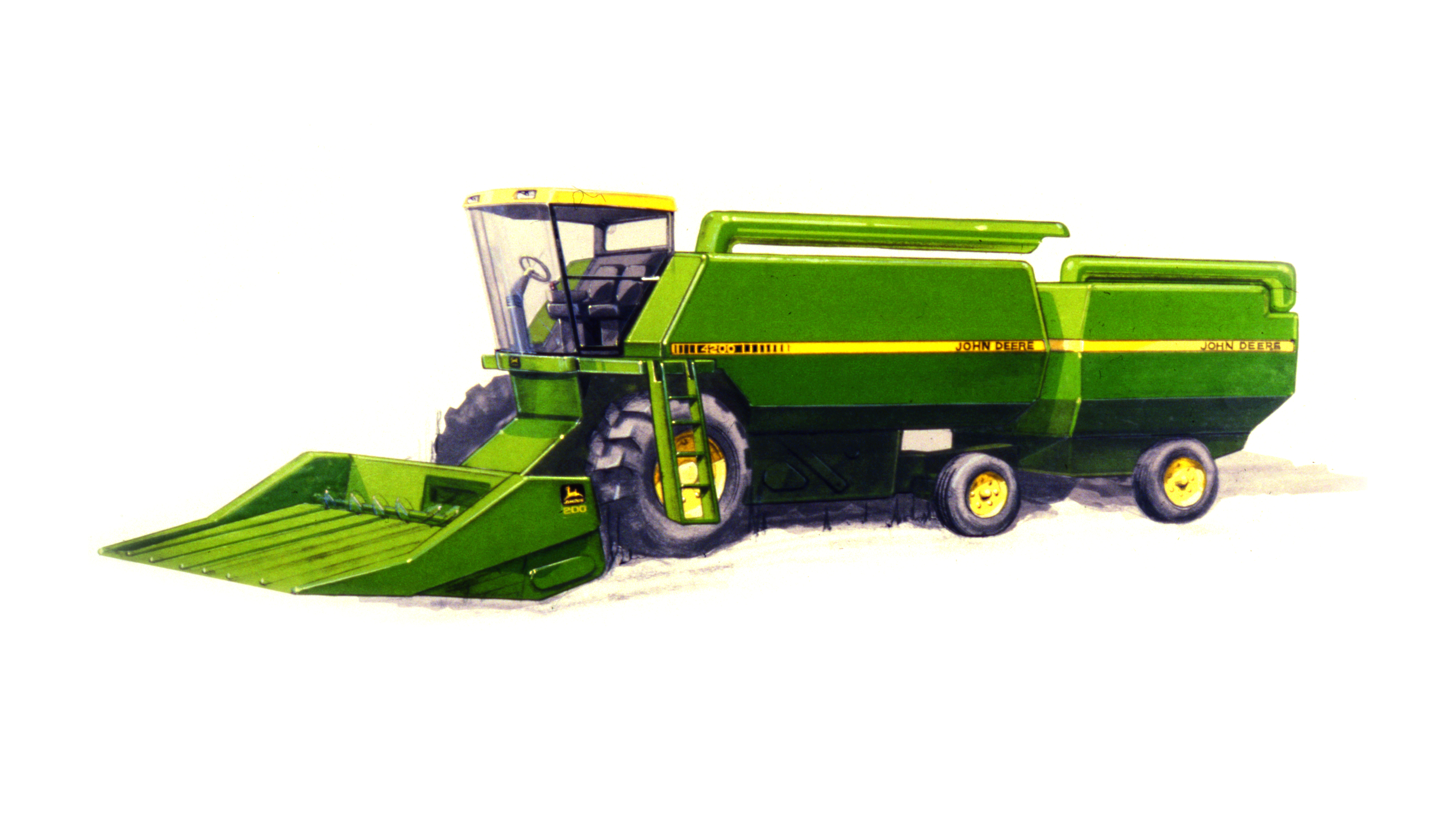
When asked whether this kind of thing was likely, former IH and Case IH combine engineering team leader Don Watt said such a thing was quite possible. He also added that his understanding was Deere spent more on rotary combine development in the 1970s than IH did for its entire program—and that Deere was not threatened by the New Holland or the International rotary machines.
“My recollection is that investment [required to build the new combine] was $120 million,” Kahle said. “The damn thing was going to have to sell for over $100,000 at that time to make as much money as the 8800, 6600, and 7700,” Kahle said. “The profit on those things was just unreal. I don't remember the exact numbers, but our goal always was fifteen percent and my recollection, it was like thirty or thirty-two . . . from a financial standpoint, it was the right thing to do.”
More on this machine--as well as Deere's rotary engine tractors, the development of the New Generation, and much, much more can be found in the book, John Deere Evolution, as well as the Red Tractors books by Lee Klancher.


